Two very close friends in the city of San Francisco decided to increase their money by renting their living room. They placed three air mattresses and showcased them to attendees of the design conference.
They already knew that all hotels were fully booked, and this is the right time to get the right shot. The very next day, they purchase the domain airbedandbreakfast.com. After six days three guests arrived and pay $80 to spend a night in the living room.
And their MVP was originated.
At this time they started getting positive feedback from their customers, they grew it with time and added new features and functionalities to it.
In the years from 2007 to 2020, airbedandbreakfast.com has not just transformed into a million-dollar company, Airbnb, it has also added several new features to it and catered to a larger audience across the globe.
Read also: How Uber, Airbnb, And Spotify Used MVP To Become Startup Unicorns
Defining an MVP (Minimum Viable Product)
Simply put, An MVP is a minimal(very basic) form of your product that is tested on the market norms. This development approach permits your team to validate (or invalidate) product assumptions. It will help you understand how your target users react and experience your product’s core functionality.
MVP development follows a build-measure-learn process, which allows you to release a product that can be continually upgraded as you validate (or invalidate) assumptions. It facilitates businesses to understand what users demand, and build future iterations of your app that better serve your targeted customers.
Why MVP is a need for most businesses?
Are you feeling confused as to whether you should start with an MVP or launch the full product?
This article will tell you why Facebook, Groupon, and other million-dollar product companies launched their MVP first.
1. Check the current market demand
Before any product launch, it’s crucial to know if the product would work in the market or not. It’s all about testing the market demand to ensure whether the MVP idea would succeed or not. Without knowing that, you cannot invest your entire funds in the market.
Therefore, an MVP is the only solution that can help you test the same and continue with the idea. MVP performance can then be measured and pivoted by the findings.
2. Engage and treat early adopters
Each MVP product developed has some early customers on whom the beta version of a product is tested. No additional features should be there in a minimal viable product.
You can delight your customers with working MVP. There are many reasons why startups need MVP development and treat their customers in the best possible way.
3. Launch Market Ready Product Faster
The unstoppable race of startups and product companies to deliver something faster than their competitors. With an MVP, you can reach out to your target audience in no time at a low cost. You can quickly deliver something to them before your competitors so that they associate with your product more. Launching the product faster facilitates getting it tested earlier get fast feedback.
4. Market Validation
Getting market validation is extremely important before you launch your product. It is necessary to verify your assumptions to make your product work well during the market research stage. MVP helps you achieve the right validation check and get real insights.
Also Read: A Complete Guide To Outsourcing Product Development
5. Perform Risk Mitigation
There are many risks associated with MVP development. You cannot invest all your funds on just assumptions- it is riskier. With the MVP development process, you can invest a small share and know your product idea would work. It helps you mitigate the risks and avoid any big failures.
6. Testing Business Model
If you are a startup and your product is your main business model, it is very crucial to validate your model first. The faster development of MVP helps you analyze your process beforehand and make improvements accordingly.
Read also: Startup Tips: Best Tech Stack For Powering Your MVP
6 Steps To Develop A Reliable MVP
The MVP is all about testing your product idea in the market. It helps you figure out what exactly will work while targeting your customers and satisfying their needs.
Below are the necessary steps to build a robust MVP:
Step1: Market Research
It usually happens that ideas do not fit into the market needs or satisfy. Before you execute an idea, always ensure that it fulfills the target users' needs. Make sure you conduct surveys, because the more customer behavior information you collect, the greater chances are of success. Keep an eagle eye on what your competitors are offering to the targeted audience, and how you can make your idea unique to engage customers.
Step 2: Showcase Your Idea Well
What your product is offering to your customers? How can it benefit them? Why would they purchase your product? These are some important questions to keep in mind to help better express your idea.
You should also be very clear about the total estimation of your product. As MVP clearly states, introducing value to the people, first outline them, and based on that develop your MVP.
Step 3: Prepare The Design Process and User Flow
Design the product in such a way that is convenient for users. You need to look at the product from the user's point of view. User flow is also an important aspect as it ensures you do not skip anything while keeping the future product and its user satisfaction in mind.
To define your user flow, it is necessary to define the process stages, and for that, you need to explain the steps needed to reach the main objective. Your focus should be more on basic tasks rather than features such as finding and buying the product, and managing and receiving orders.
Step 4: List Down The Project Features
You should first list down all the features that you want to incorporate into your product before you start building the MVP. Categorize all the product features based on priority: high, medium, and low. Now, define their scope for the first version of the product, and build an MVP. If you want to see how your future product will look like, you can even create an MVP's prototype.
Step 5: List Down The Project Features
After listing all the main features and understanding the market needs, you then start creating your MVP. Always keep in mind that a prototype is not lower quality than a final product. Hence, it must be easy to use, engaging, and satisfy user requirements.
Step 6: Build, Measure, and Learn
After the completion of the final product, the product needs to be tested.
Review everything thoroughly after launching the MVP. Collect your targeted audience feedback. You can easily determine if the product is acceptable in the market with the customer’s feedback. Also, how is it competing with the other products in the market?
Million-Dollar Companies That Taste Success With MVP Development
Listed down some million-dollar companies that enjoy the taste of success with MVP development in their initial years.
During the Facebook launch in its initial years, an MVP was used just to connect students of schools and colleges all via messaging.
Here the idea was just to connect friends through social media platforms, and organize gatherings. The Facebook application in its initial days was launched to test among users, and it gathered lots of feedback. Today, the application is extremely popular over the internet, it currently has more than 1.3 billion active users.
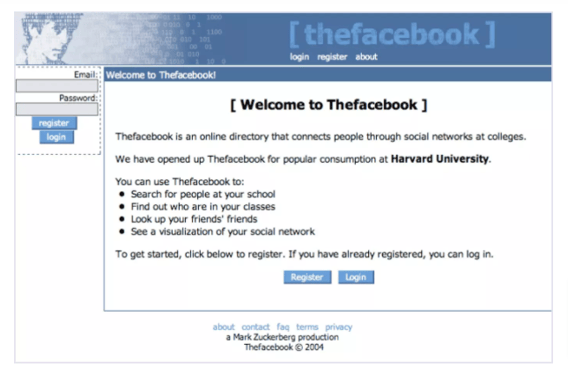
A widely popular social media platform, Twitter, incorporates a unique approach. It was initially known by the name“twttr”, and use for internal purposes only. However, employees were spending several dollars on SMS to post to the platform, to test it among users. Twitter was then finally released to the public in the year 2006. It was a hit then. Twitter has now increased its user base and became the most popular social networking site.
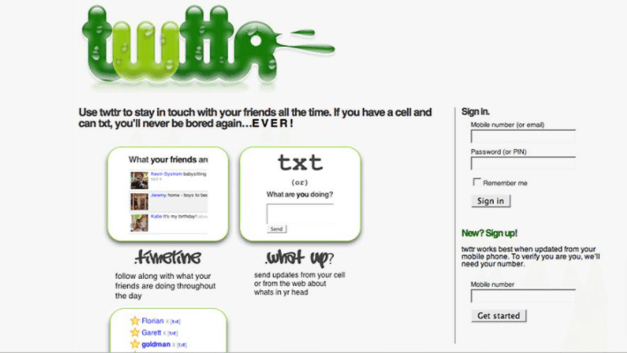
Amazon
Amazon started to sell books online by challenging the Barnes and Nobles’, of the world who were largely stuck in the ‘bricks and mortar’ age. Originally designed in 1994 to focus on books at a low price, with an easy web design based on the minimum viable product, that’s all they needed to develop and establish their organization in the retail market.
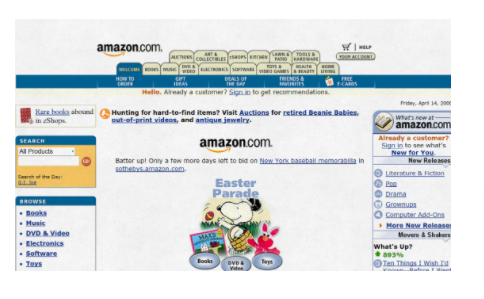 Groupon
Groupon
By using the old concept and strategy of selling vouchers and discounts with the idea of sharing and socializing, Groupon has attained new heights and raise huge profits. Initially, Groupon came into existence using WordPress, where regular PDFs were emailed to users that were already subscribed. Therefore, Groupon built its voucher system and backend, and boost its business.
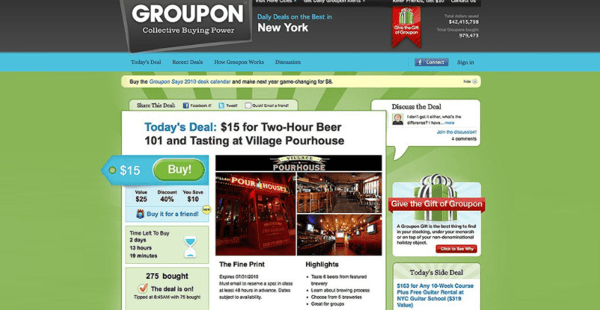
Dropbox
Dropbox co-founder and CEO Drew Houston were already aware that there were tons of existing cloud-storage startups. He then decided to build an effective MVP based on the video. It will explain to the audience how to use the application. This video played a crucial role in targeting the right audience fast. It also received an enormous number of views and comments.
Dropbox even received 70k email addresses from targeted users in a single day. This is the right time that gave them a green signal to launch the product in the market. You can watch this video here
Read also: Why Startups need MVPs for Mobile App Development? A Roadmap to Success
To Conclude
MVP development depicts the clear motive of solving problems, by identifying businesses’ real pain points and then focusing on offering viable and optimized solutions.
One of the best ways to build an MVP is to go for a manual-based approach, with landing pages, and email lists.
For this, you just need to have brainstorming, planning, designing & developing, testing, and advertising, for the product for a limited period. It will maximize your project’s value to targeted customers.
Having a great product idea in your mind. We can be the MVP development company to turn your idea into a successful product. Our MVP development approach is simple yet efficient and allows you to scale your MVP to success. To get your product developed, you can even outsource MVP development to top product engineering companies or hire experienced developers and a full MVP development team as per your project requirements.


















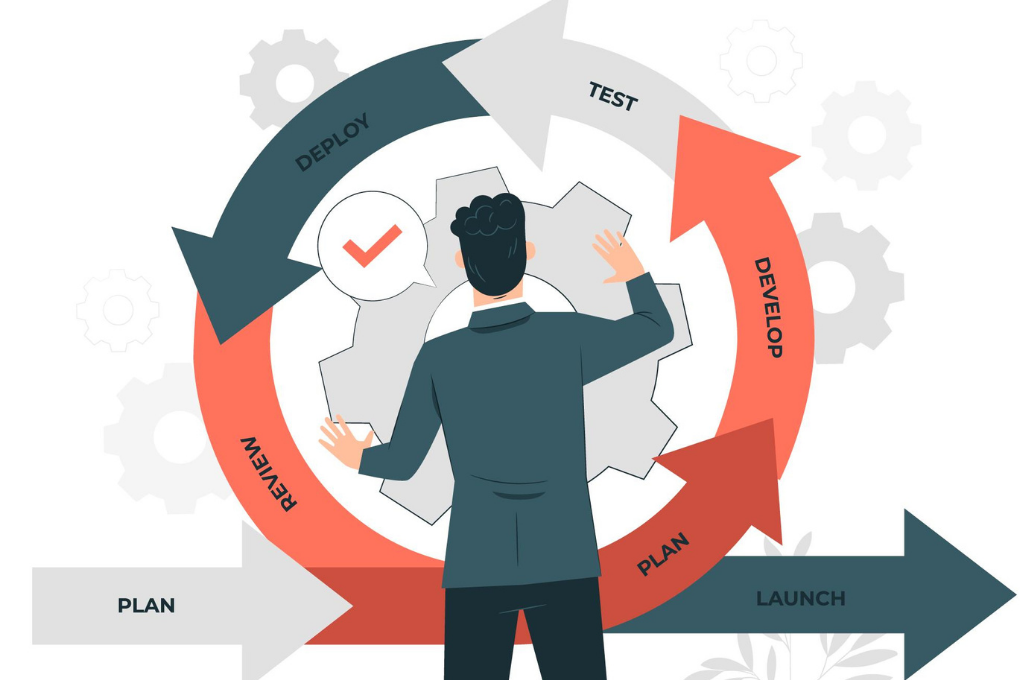





.png)




